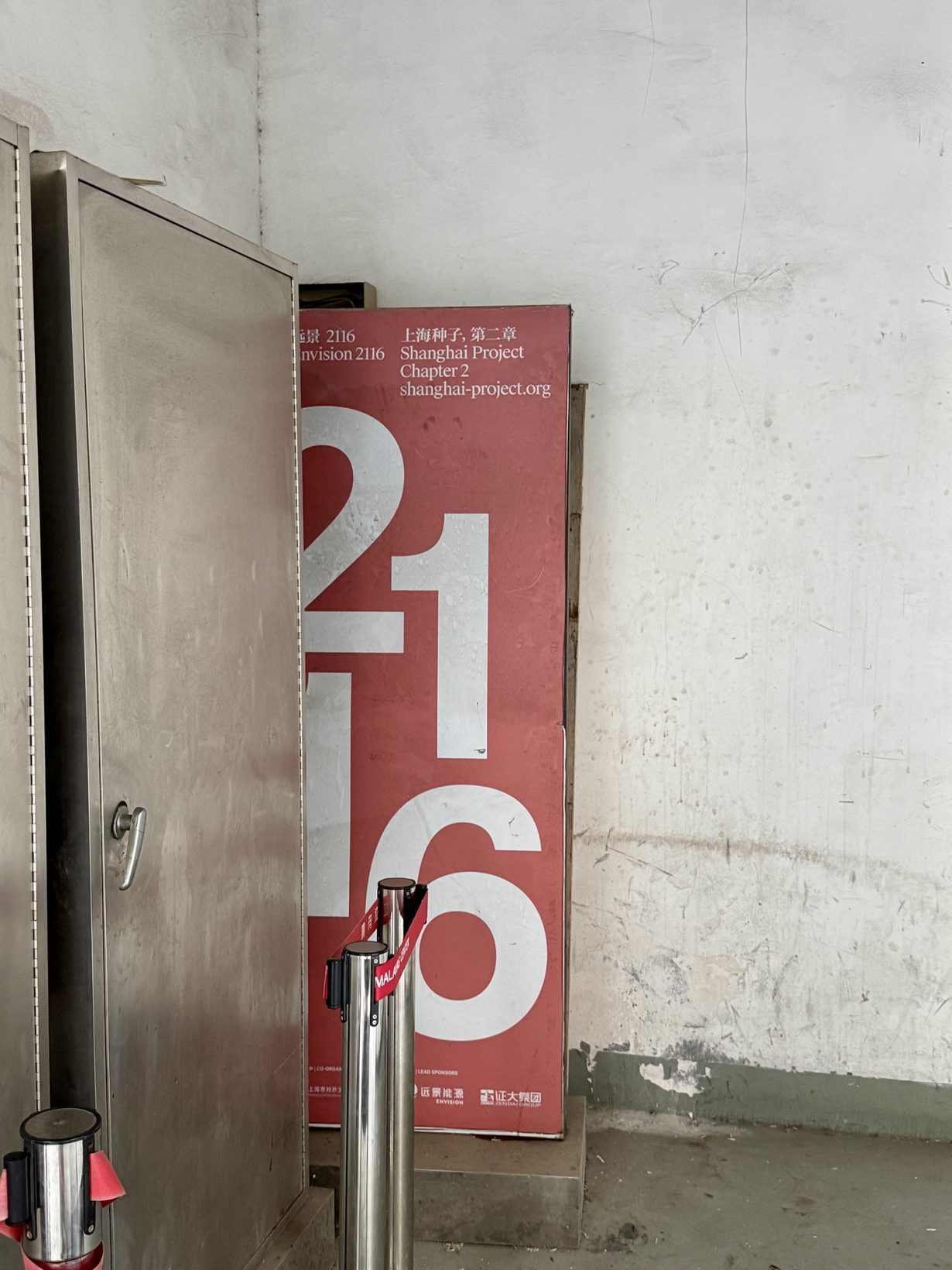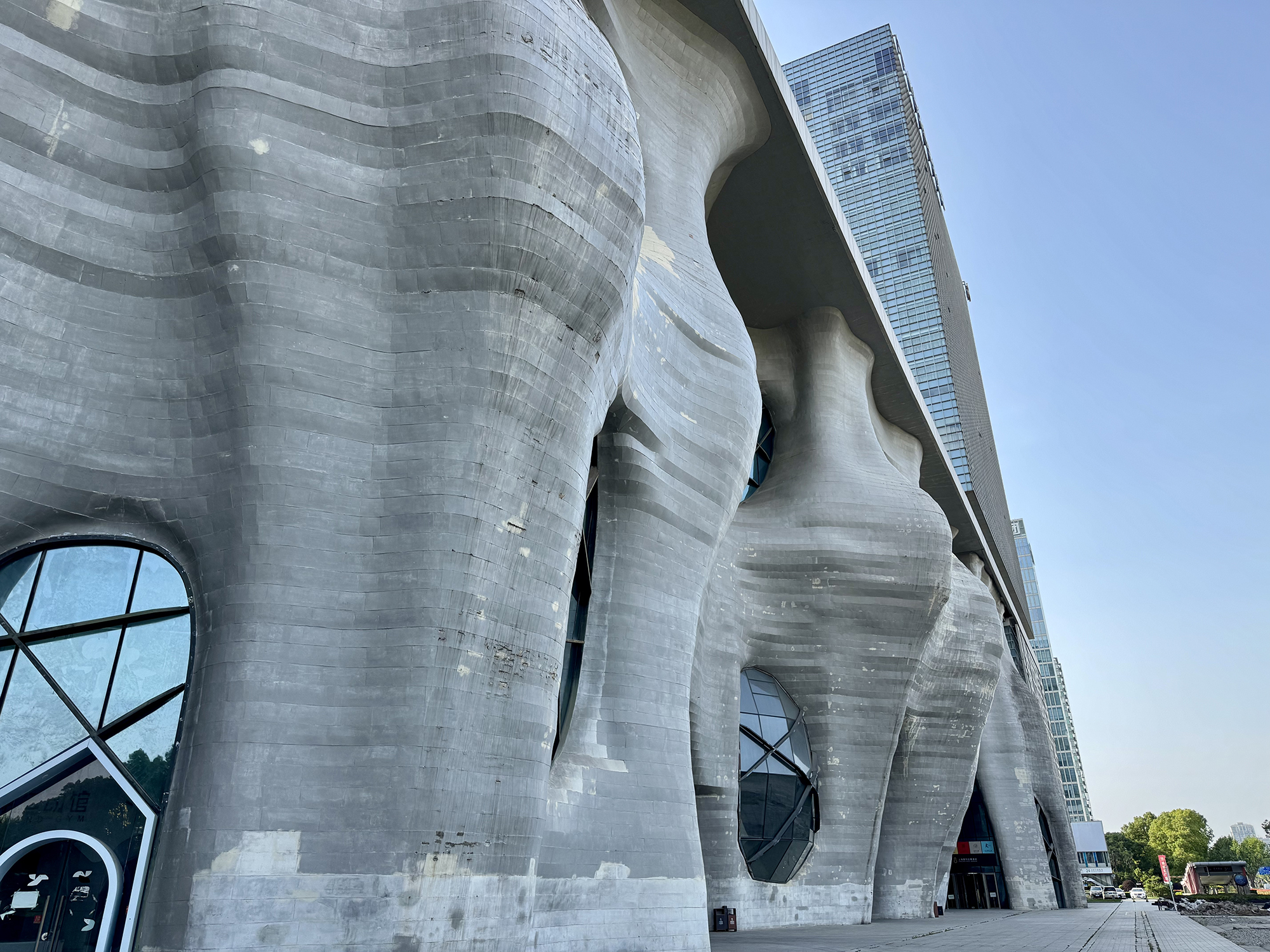Many private art museums in China are having trouble admitting they no longer exist
Standing in the ruins of the Arata Isozaki-designed Shanghai Himalayas Museum, I feel oddly at ease. It’s less nerve-racking to confront the skeleton of a dead structure than one that’s half-dead but still trying to revive itself. Imagine working here – in its furnished days – clocking in day after day, never knowing for sure if your next paycheque will arrive, or if the upcoming exhibition or programme you’re labouring over is ever going to happen. You’re trapped in a cultural institution that once generated great expectations – both symbolic and economic – and that continues to send out self- and plain deceiving signals of hope that these will be delivered, like the beacon of an airplane that has crashed into a mountainside. It’s a feeling all too familiar to many working in the private museum circuit in China today. You’d likely agree with me (unless you’re running one of these zombie museums): it’s easier to face the dead-dead than the rasping breath of the near-dead who refuse to abandon the slimmest chance of survival.
The Shanghai Himalayas Museum, originally established as the Zendai Museum of Modern Art in 2005 by real-estate magnate Dai Zhikang, was once envisioned as a premier institution for contemporary art. It was, in fact, one of the very first privately funded museums dedicated to contemporary art in China (along with Today Art Museum, founded in Beijing in 2002, and MoCA Shanghai in 2005). In 2012 it relocated to the architecturally ambitious Isozaki-designed Himalayas Center in Pudong, Shanghai. This move was part of Dai’s broader ambition to integrate art, luxury and commerce within a single complex that also housed a hotel, shopping mall and conference centre. In its heyday, the museum hosted exhibitions by the likes of Sean Scully and Michael Craig-Martin; in 2016, it co-organised the inaugural Shanghai Project, a multidisciplinary platform for global discourse, under the co-artistic directorship of Yongwoo Lee, executive director of Shanghai Himalayas Museum at the time, and Hans Ulrich Obrist.
The Shanghai Himalayas Museum’s decline began with the collapse of Dai Zhikang’s financial empire. In 2019 Dai admitted to creating unauthorised capital pools and misappropriating approximately £1 billion in funds from the public, leading to his arrest along with 40 associates. In December 2022 he was sentenced to 19 years in prison, and his assets, including a dilapidated mansion in Shanghai, were auctioned off to repay creditors. The downfall of Dai and the financial instability of the Zendai Group left the Shanghai Himalayas Museum without its primary benefactor. This loss of funding, coupled with the museum’s integration into Dai’s commercial ventures, led to a significant decline in its operations. While it continued to put on sporadic exhibitions (funded by other benefactors or via acts of ‘goodwill’) over the years that followed, a large part of the museum space remained unused and gradually turned into a site of ruin, which, almost uncannily, fulfilled Isozaki’s infamous prophecy that ‘the city of the future lies in ruins’ (which opened his essay for Ryūji Miyamoto’s photobook Architectural Apocalypse, published in 1988).

The museum has been inactive since January this year and was cordoned off with an official seal in March. Yet it is likely too soon to conclusively pronounce it dead: in China, the vital signs of a private museum can be more elusive than those of Schrödinger’s cat. You’re never sure when it’s truly dead, or, to quote a famous 1949 poem by Zang Kejia commemorating Lu Xun’s death, ‘some live as though dead; some die yet live forever’.
You would think that the fate of a defunct museum would serve as a cautionary tale about the vulnerabilities of privately funded cultural institutions that rely heavily on individual patrons and commercial interests. But the reality is that if you never announce the death of an institution to (social) media, most people won’t know or care that the institution is no longer active. In China, few museums will officially announce their closure – and there have been countless closures in the past decade. When OCAT Museum Group shut down its Shanghai, Xi’an, Beijing and old Shenzhen branches in 2022, there was an extended period of awkward silence. The decision had been made but no official message or explanation was provided to the general public, leading its directors (whose contracts were terminated) to share their personal words via WeChat moments (which are only visible to contacts). By contrast, the Guangzhou-based Times Museum was refreshingly upfront when it announced the closure of its Berlin space and cessation of Guangzhou’s exhibition programme in summer 2022, which only made its comeback in 2024 (announced in November 2023) all the more surprising. Perhaps that’s the problem with proper goodbyes. It’s possible that Chinese people tend to avoid them because what if they can leave, sneak back into the room when no one’s watching and pretend they never left?
It’s a bit of a cliché, but there’s truth in the observation that China’s private museum boom – largely fuelled by an ‘enclosure movement’ in which developers built public-facing museums in return for large swathes of public land – has crumbled along with the property market. The issue is now how to say goodbye. While it’s tempting to jump at any opportunity to mount an exhibition simply because someone is willing to finance it, what’s the point, I wonder, of keeping a museum alive if its survival can only come at the expense of employees, contractors and artists’ rights and benefits? After all, the mere act of opening an exhibition doesn’t mean a museum is truly surviving. In China’s current cultural landscape, it’s never the exhibitions that matter anyway. Here, art frequently serves as a decoy for something else – symbols of taste, tickets to play in the (capital) field or mere investment. Maybe we should learn that it’s OK for a museum to die. Letting go is more humane than clinging on to the point at which ‘survival’ ceases to have any real meaning.
From the Summer 2025 issue of ArtReview Asia – get your copy.
